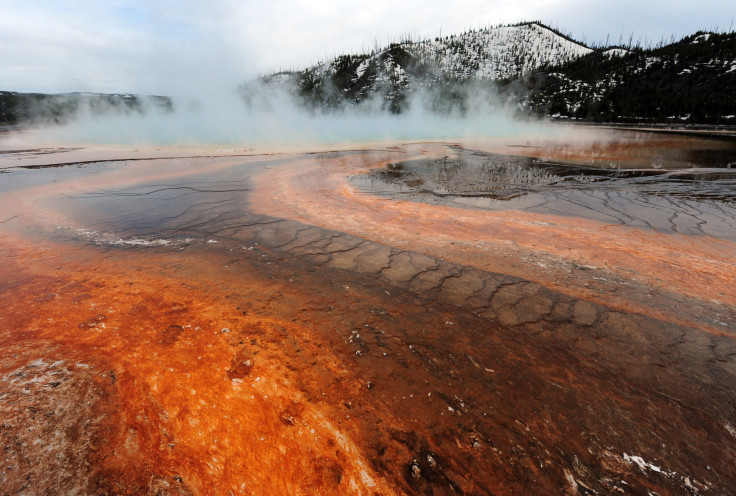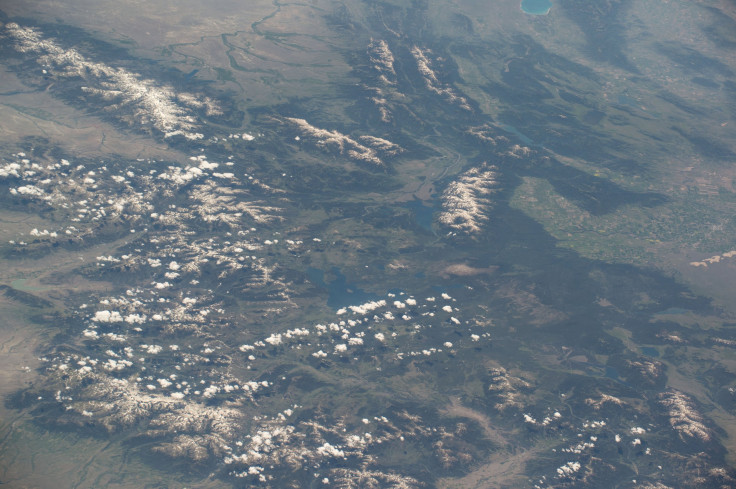Chain Of Alaskan Islands Could Be One Massive Volcano Similar To Yellowstone Caldera
KEY POINTS
- Six stratovolcanoes make up the Islands of the Four Mountains
- Of the six composite volcanoes, Mount Cleveland was the most active in North America for about 20 years
- If the supposed hidden massive caldera would erupt, the consequences will be catastrophic
The eruption of the suspected supervolcano underneath the Aleutian Islands, also known as the Islands of the Four Mountains, could have severe global consequences as seen in the past with the Yellowstone Caldera in Wyoming and the Okmok Caldera in Alaska.
The last Yellowstone eruption happened about 70,000 years ago. If it happens again today, the states of Montana, Idaho and Wyoming would be covered with pyroclastic flows, while the rest of the United States would be covered with thick ash. The eruption of the Okmok volcano in 43 BC disrupted the Roman Republic.
Now it is believed that the suspected caldera underneath the Islands of Four Mountains could be larger than the Okmok, which suggests how destructive its possible eruption would be.
Six stratovolcanoes make up the Islands of the Four Mountains. These six composite volcanoes are Carlisle, Cleveland, Herbert, Kagamil, Tana and Uliaga.

Of the six composite volcanoes, Mount Cleveland was the most active one in North America for about 20 years. Mount Cleveland alone spewed ash as high as 15,000 and 30,000 feet above sea level in the past.
A group of scientists believes that the suspected massive volcano is the one responsible for the continuous activities seen from Mount Cleveland. They concluded that if the supposed hidden massive caldera would erupt, the consequences would be catastrophic not just in the Alaskan region, but worldwide as well. Its possible explosion could even affect the Earth's climate and cause dangerous upheaval by releasing a huge amount of ash and gas into the atmosphere.
To be clear, more proofs and investigations are still needed to confirm the existence of the caldera under the Islands of the Four Mountains, explained Diana Roman, co-author of the study and a scientist from the Carnegie Institution for Science in Washington, D.C., in a press release.
For the team to confirm the existence of the caldera, they need to conduct more explorations of the island and collect evidence in the process. If their hypothesis turns out correct, the hidden caldera could become the first caldera hidden underwater in the Aleutians.
The scientists would present more of their hypothesis at the American Geophysical Union (AGU) Fall Meeting 2020 on Dec. 7. AGU is an international, nonprofit association that aims to promote discovery on Earth and in space.

© Copyright IBTimes 2025. All rights reserved.





















